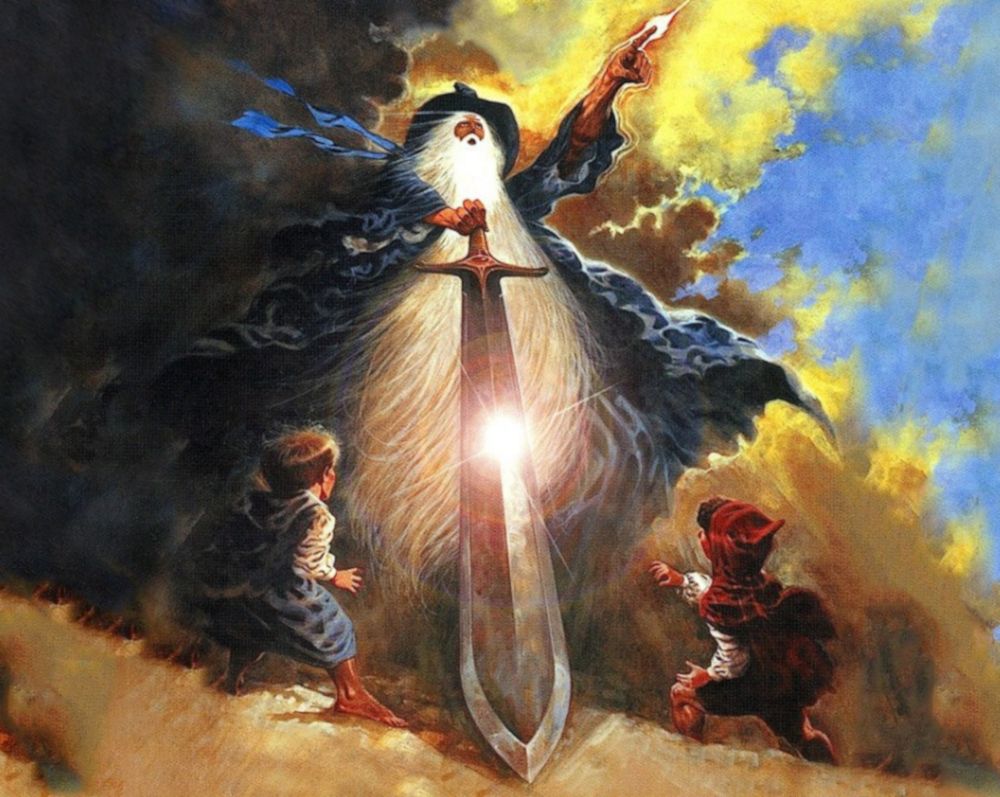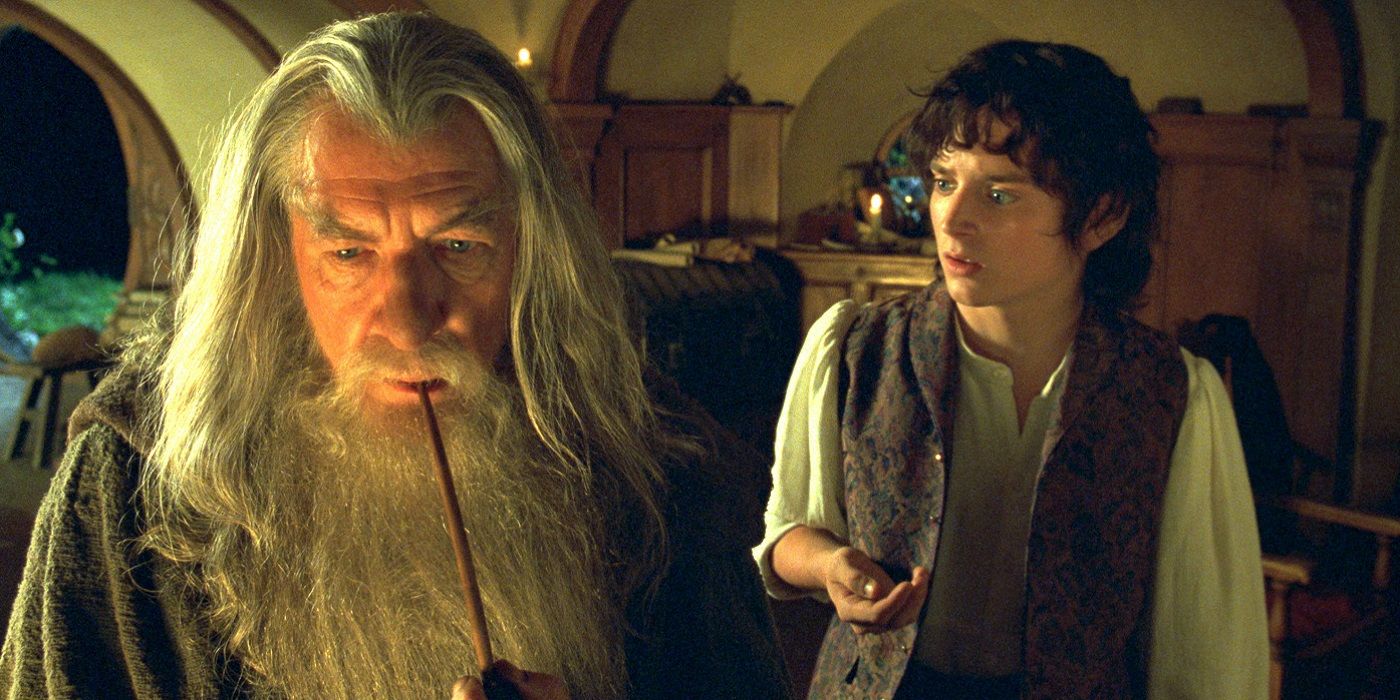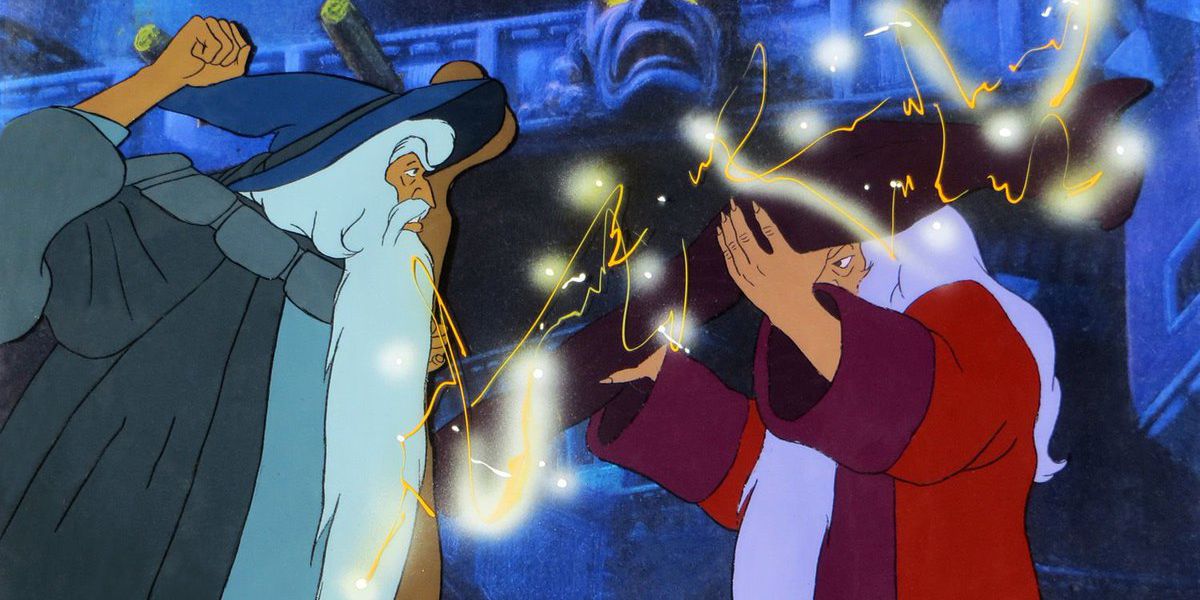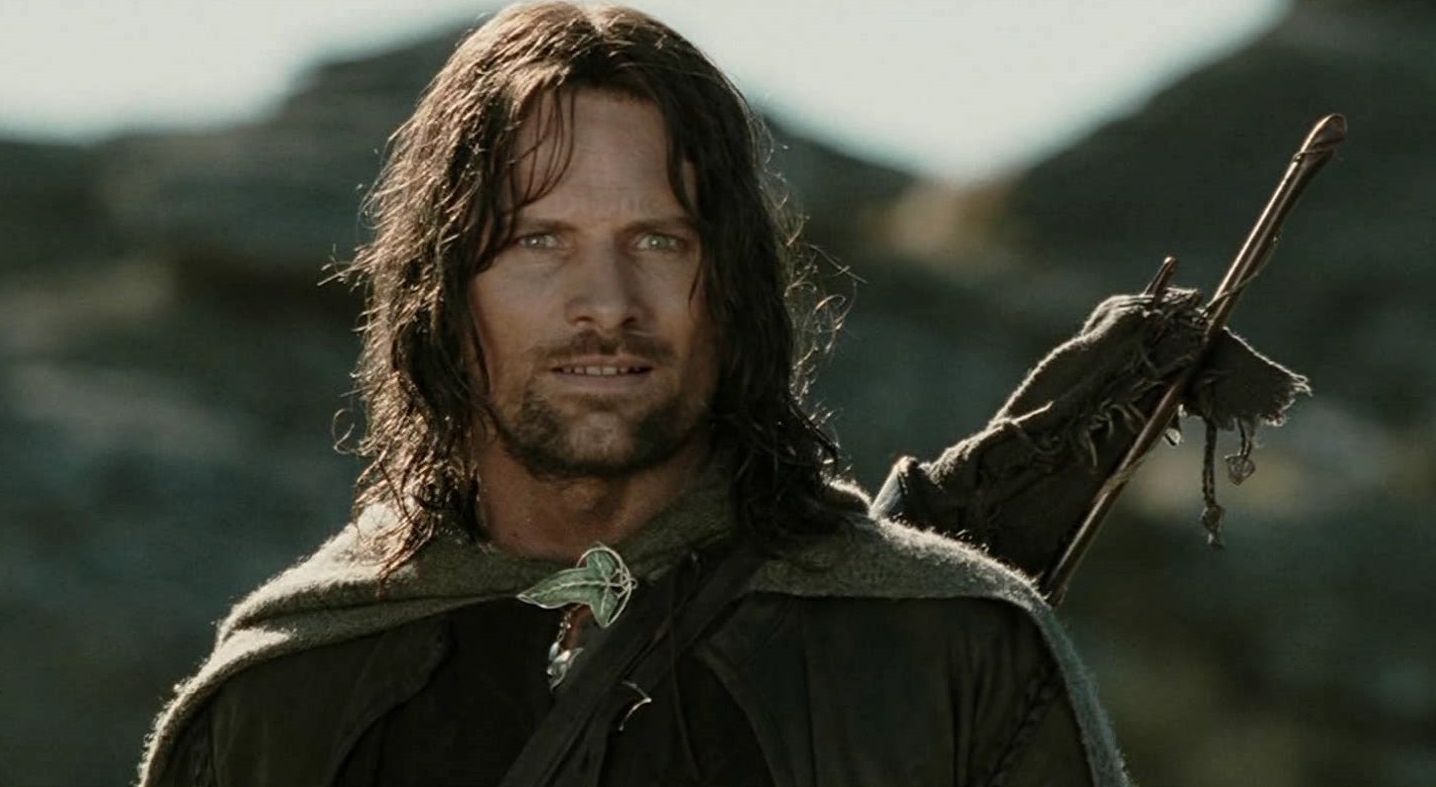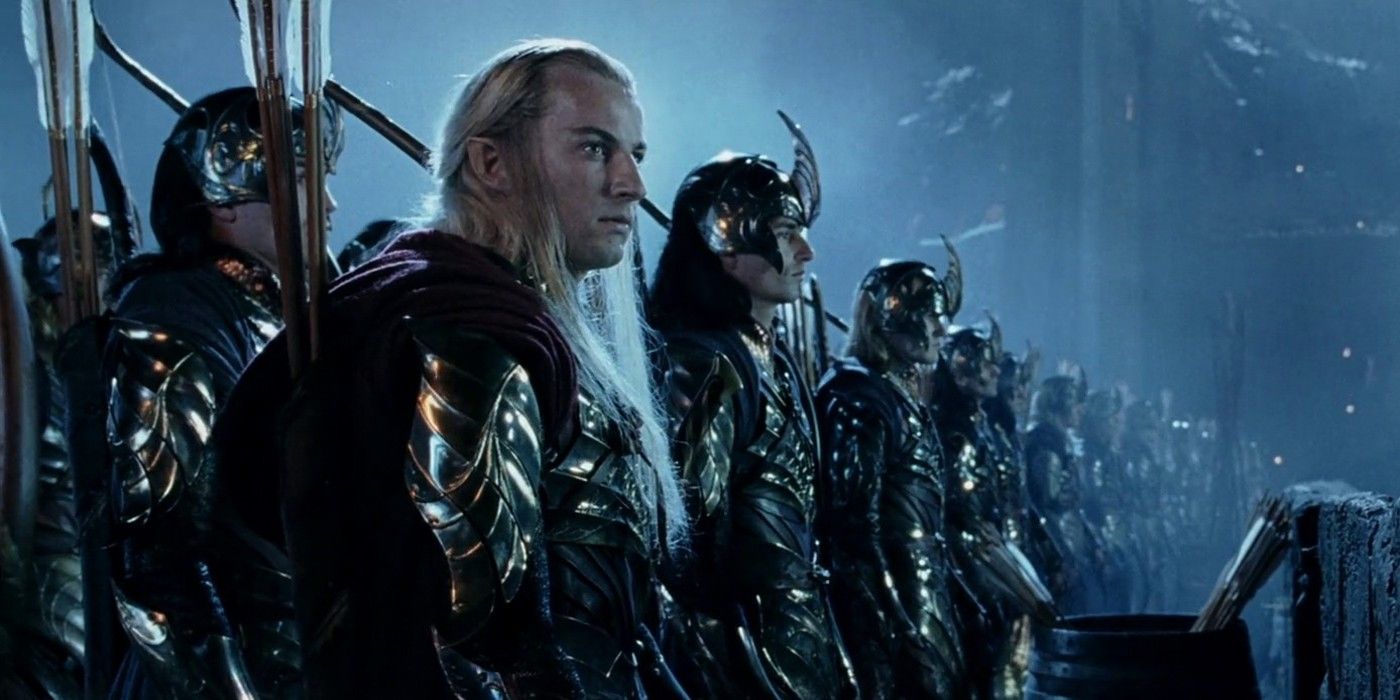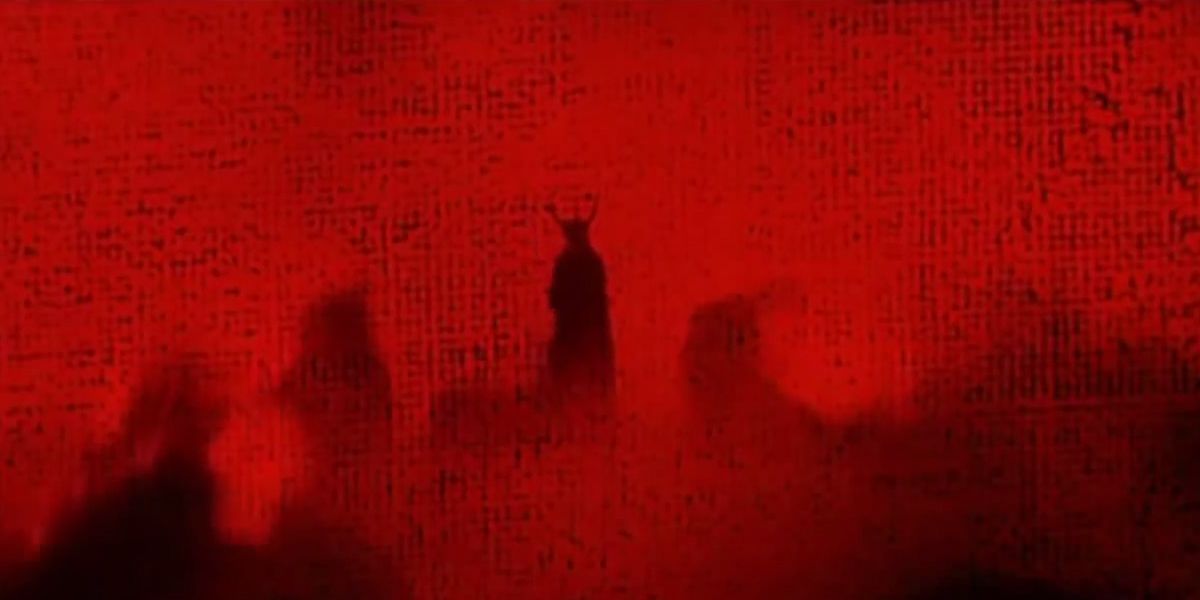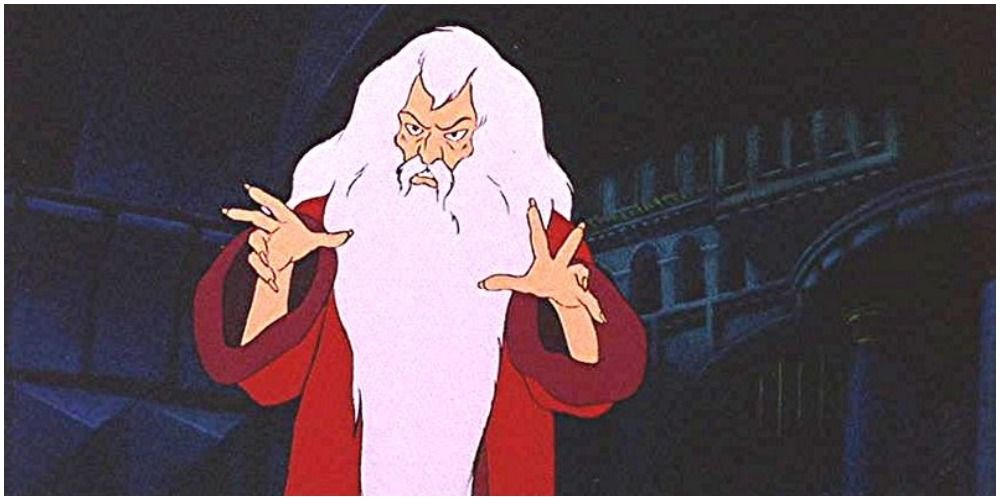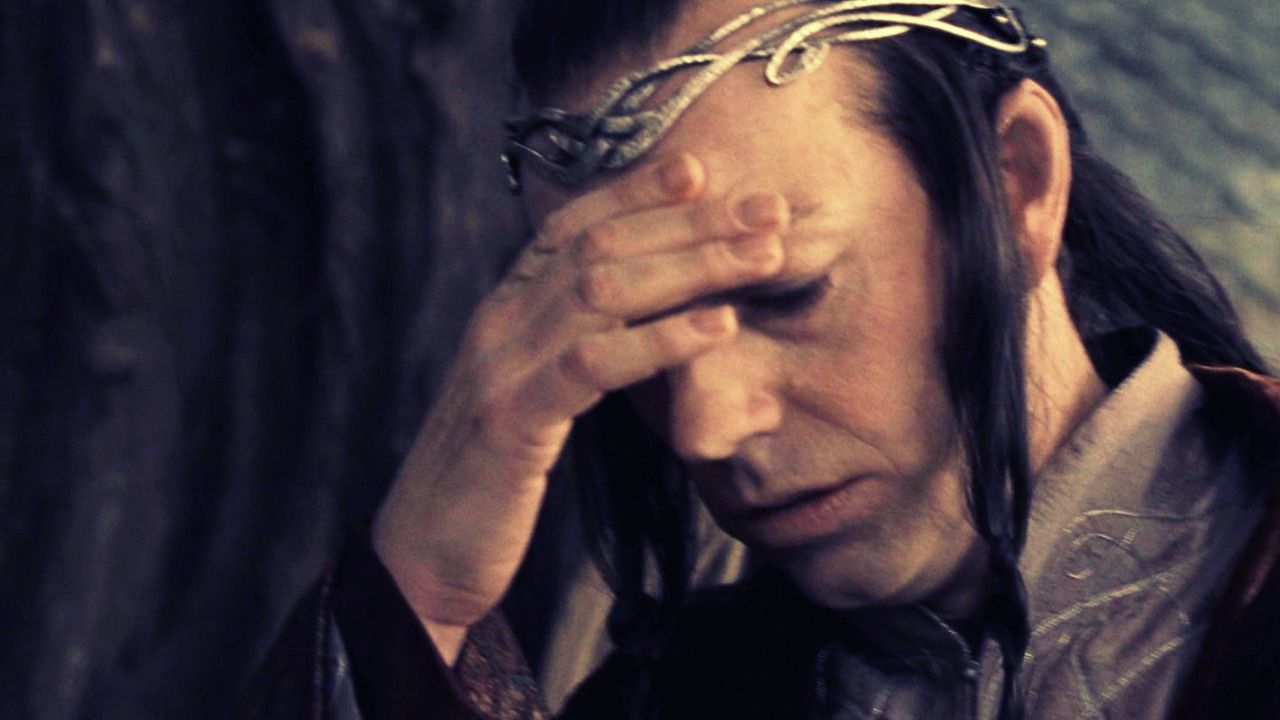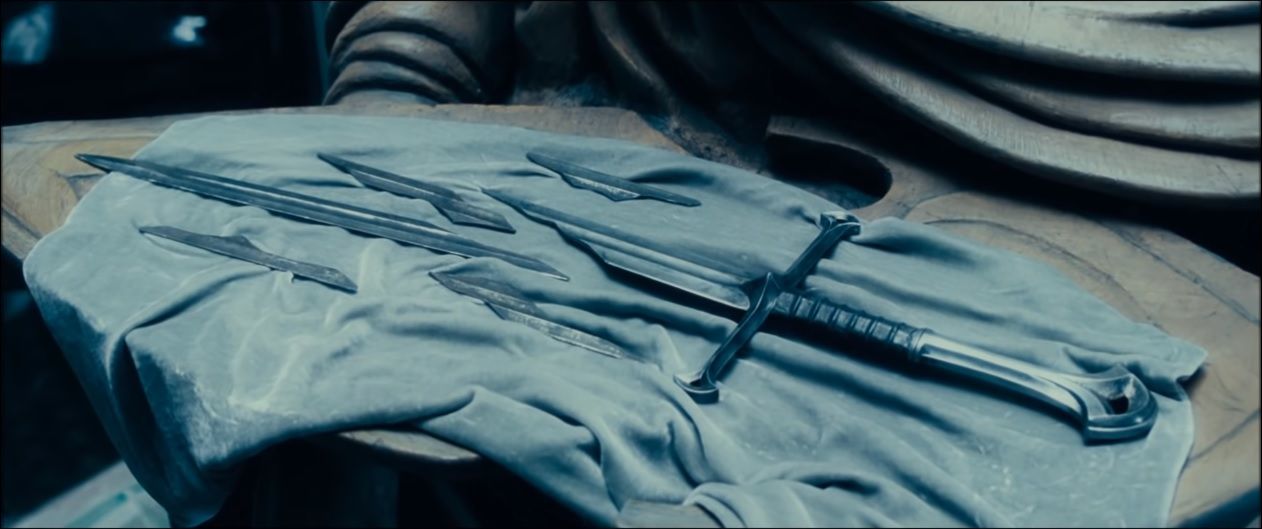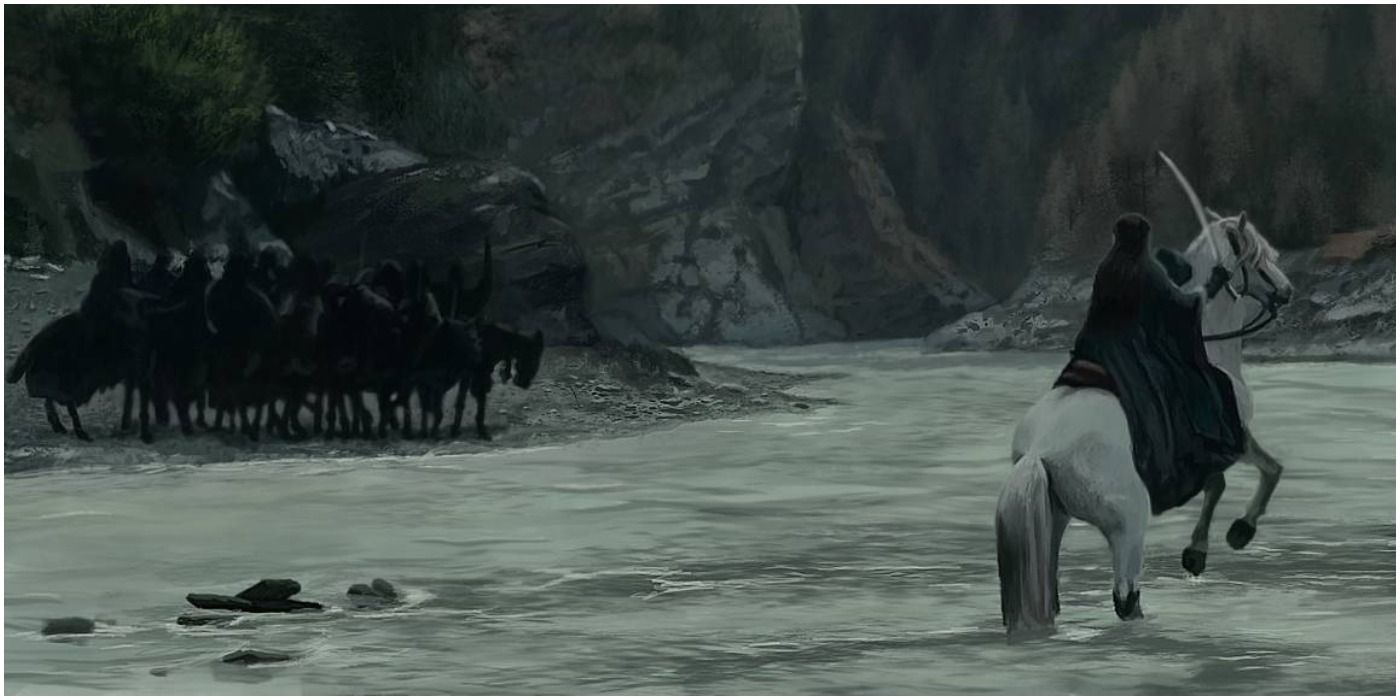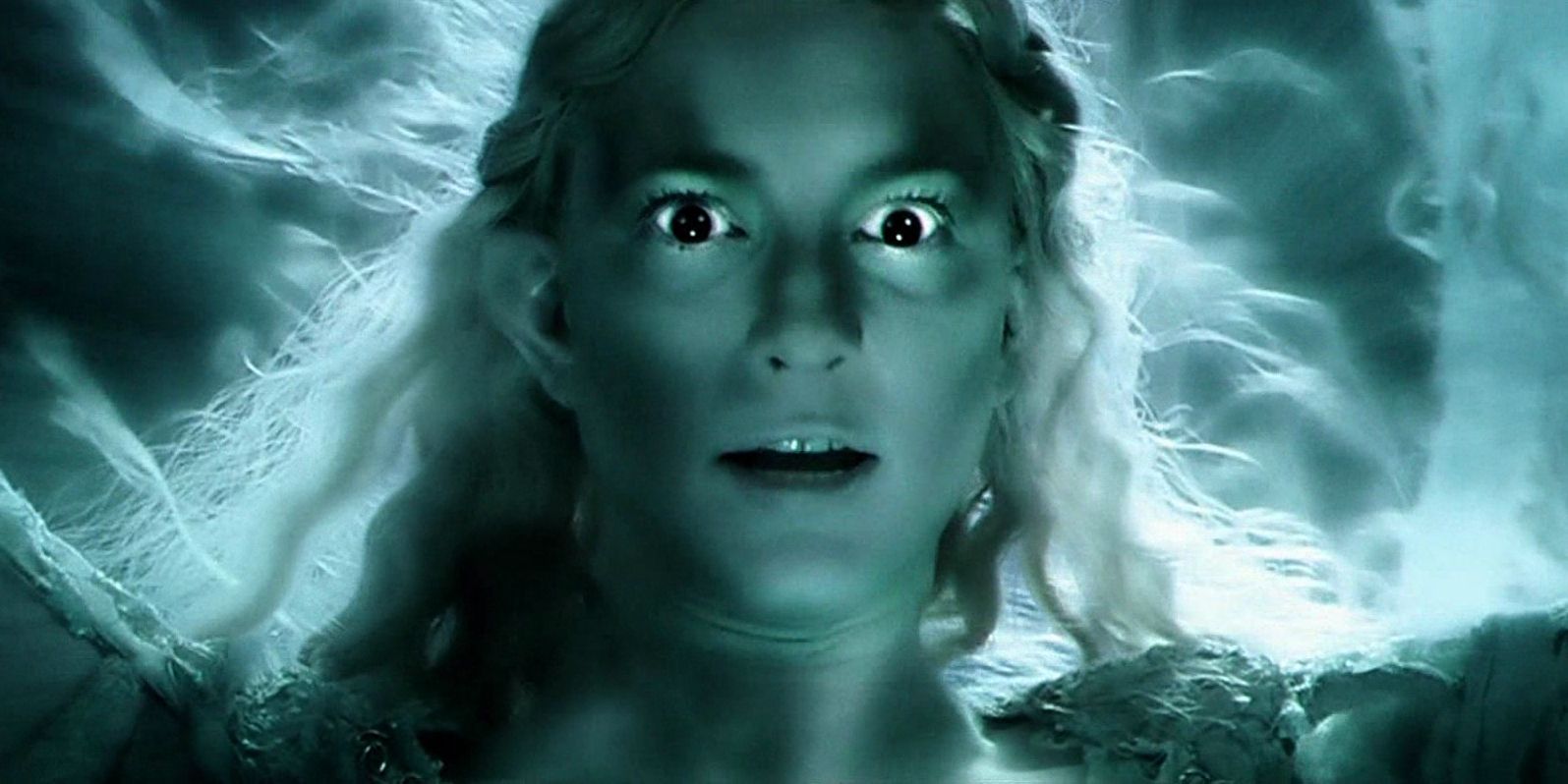Understandably overshadowed by Peter Jackson’s Oscar-winning live action trilogy, Ralph Bakshi’s 1978 adaptation of The Lord of the Rings is a decidedly weird beast. There’s no faulting the ambition involved – Bakshi, screenwriters Peter S. Beagle and Chris Conkling and the crew of animators do an admirable job of squeezing the first half of J.R.R. Tolkien’s fantasy epic into one flick.
But the film’s inconsistent visual style, hammy voice acting and disregard for the finer details of Tolkien’s mythos drag it down. Nevertheless, there’s also no denying that Bakshi’s Lord of the Rings gets more right than he and his team get credit for. Indeed, his spin on the source material is occasionally more faithful to the Middle-earth canon than Jackson’s movies. Don’t believe us? Read on, as we highlight 10 ways the animated Lord of the Rings followed Tolkien’s novels more closely than its live action counterpart!
The 17 Year Time Jump
In The Fellowship of the Ring, Tolkien states that 17 years elapse between when Bilbo entrusts the Ring to Frodo and Frodo leaving the Shire to seek safe haven among the Elves in Rivendell. Bakshi, Conkling and Beagle go along with this, preserving the story’s timeline and leaving Frodo’s canonical age unaltered.
On the other hand, Jackson and co-writers Philippa Boyens and Fran Walsh jettison this time jump – although the exact gap between the two events isn’t clear, it’s a matter of months, not years. That said, what the live action version loses in fidelity to Tolkien’s work by collapsing its chronology, it gains in narrative urgency, so arguably Jackson made the right call here.
Gandalf’s Showdown With Saruman
As it goes down on the page, the confrontation between Gandalf and Saruman in The Fellowship of the Ring isn’t exactly a pulse-pounding dust-up. What it boils down to is that the pair engage in a heated philosophical debate, before Gandalf is locked atop Orthanc tower. This means that, while some sort of struggle is at least implied – Gandalf does end up imprisoned, after all – we never actually see these two wizards trade magical blows.
Bakshi and his writing team largely honor this: the pair still wind up in a high-brow slanging match, before Saruman overpowers Gandalf by way of a psychedelic light show (it was the 70s, OK?). Perhaps sensing that a less literal interpretation of the scene would be more cinematically satisfying, Jackson pares down the chatter to a bare minimum, replacing it with the wizarding duel equivalent of a knock-down, drag-out brawl!
Aragorn’s Character Arc
In The Lord of the Rings, Tolkien was dealing with archetypal characters – which means that the series’ heroes tend not to be as three-dimensional as modern audiences are accustomed to. True, the good guys of Middle-earth aren’t without flaws and they’re occasionally uncertain, but overall, they verge on superhumanly perfect.
Take Aragorn: other than a few instances where he momentarily expresses doubts in his leadership abilities, he never really shows any misgivings when it comes to ascending the throne of Gondor. The 1978 adaptation follows suit in its depiction of Aragorn, who demonstrates no reservations when it comes to fronting the resistance against Mordor.
By contrast, Jackson, Boyens and Walsh drew upon contemporary storytelling techniques to create a character arc for our hero – charting his gradual transformation into the king he was born to be – a decision that didn’t necessarily please purists!
The Elves Are Absent From Helm’s Deep
One of the most rousing scenes in Peter Jackson’s version of The Two Towers sees an Elvish army arrive on the eve of the Battle of Helm’s Deep, bolstering the outnumbered ranks of the Rohirrim. As any Tolkien aficionado will tell you, this doesn’t happen in the novel, where no martial aid from the Elves is forthcoming. Since this was an invention on the part of Jackson and his team, it’s hardly surprising that it’s nowhere to be found in Ralph Bakshi’s adaptation of the story, either.
Interestingly, the two films do overlap where Gandalf’s timely intervention is concerned. Unlike in the book – where the wizard is joined by venerable warrior Erkenbrand and his riders – in both big screen reimaginings, Gandalf is backed by exiled loyalists lead by heir apparent to the throne of Rohan, Éomer, instead.
Giving The Elven Smiths Their Due
The 2001 film version of The Fellowship of the Ring kicks off with a prologue that briefly recaps the relevant history of Middle-earth that newcomers need to follow the story. One of the key events covered is the fashioning of the Rings of Power – and as presented on-screen, it’s easy to miss the role played by the Elven smiths. Indeed, casual viewers would no doubt leap to the conclusion that Sauron forged the entire range of magical bling solo, rather than in collaboration with the Elves.
This ambiguity doesn’t exist in the 1978 Lord of the Rings cartoon. Although its prologue does get other details wrong, Bakshi, Beagle and Conkling clearly acknowledge the Elven smith’s role in the Rings’ creation. In fairness, Jackson and his writing team were trying to streamline Tolkien’s mythos to avoid overloading newbies with information, but the upshot is that Bakshi’s movie is technically more accurate than Jackson’s on this score.
Saruman’s New Title
For the entirety of Peter Jackson’s big screen trilogy, secondary antagonist Saruman is known by the same title, “Saruman the White”. This doesn’t just reflect his dress sense (although it totally does), it also denotes Saruman’s status as the wisest and most powerful figure among Middle-earth’s wizard order. However, in Tolkien’s original books, Saruman awards himself an unofficial promotion, arrogantly proclaiming himself to be “Saruman of Many Colors”, updating his wardrobe to match.
Jackson’s films might omit this, but Bakshi’s Lord of the Rings mirrors this development in Saruman’s character perfectly. Well…not quite perfectly: Saruman’s animated incarnation rocks a crimson robe at odds with his description in the text, and he’s often referred to as “Aruman” – part of an aborted effort to distinguish him from overarching villain, Sauron!
Elrond And Aragorn’s Relationship
Unlike in Tolkien’s writings, the relationship between Aragorn and Elrond in Peter Jackson’s The Lord of the Rings trilogy is best described as complex. The Elrond of the books is a model foster father to Aragorn and is broadly supportive of the romance between his ward and his daughter, Arwen. By contrast, in the live action adaptation, the Aragorn/Arwen union – which will ultimately cost Arwen her immortality – is a source of hostility between the Elf Lord and his surrogate son.
None of this unpleasantness is present in Ralph Bakshi’s animated adaptation…although if we’re being honest, that’s because Elrond has barely any screen time, while Arwen is omitted entirely! Still, the brief moments Elrond and Aragorn share in the 1978 flick don’t contain even the slightest trace of animosity between them, so this is another case of Bakshi and co being closer to the mark.
The Shards Of Narsil
J.R.R. Tolkien’s The Lord of the Rings novels explicitly describe Narsil – the legendary sword that cut the One Ring from Sauron’s finger – as being broken into two pieces. The degree of damage inflicted upon the blade is carried over to Ralph Bakshi’s 1978 film, but not in Peter Jackson’s live action trilogy over 20 years later.
Jackson and the crew at Weta Workshop re-envision Narsil as splintering into multiple shards. This hardly constitutes a major change from the source material – and aside from being more visually impressive, it serves to highlight the unmatched craft of the Elves when the blade is re-forged in The Return of the King.
Frodo Defies The Nazgûl
Both The Fellowship of the Ring and its two big screen adaptations include a thrilling sequence where Frodo is pursued by Sauron’s fearsome servants, the Nazgûl. Yet despite sharing the same underlying premise, all three chases play out differently. Notably, whereas in the novel our brave hobbit is accompanied by mighty Elf Lord Glorfindel, he’s teamed with Elven archer Legolas in Bakshi’s cartoon and Elf maiden Arwen in Jackson’s live action feature.
Where the Tolkien and Bakshi accounts align is that Frodo is a more active participant in these events – he even defiantly shouts at his pursuers when they try to coax him to their side. By comparison, the Frodo of Jackson’s film has nearly succumbed to the supernatural wound he sustained earlier and is a more passive protagonist as a result.
Galadriel’s Moment Of Temptation
When the Fellowship visits the Elven realm of Lothlórien in The Fellowship of the Ring, Frodo offers to surrender responsibility for the One Ring to super-charged elf (and fellow Ringbearer) Galadriel. This is true of both Tolkien’s book and the adaptations by Bakshi and Jackson – but again, there are discrepancies between how three iterations of the scene unfold.
For his part, Bakshi more or less follows Tolkien’s lead. Galadriel is tempted by the Ring, but despite momentarily unveiling her own formidable power, she rejects Frodo’s offer with a laugh, keeping proceedings cordial. Jackson injects more drama into proceedings though, and Galadriel’s near seduction by the Ring is more pronounced and intimidating. This further emphasizes the potency of the Ring, but also ruffled the feathers of Tolkien devotees who felt that Jackson had mischaracterized Galadriel’s benign personality.

